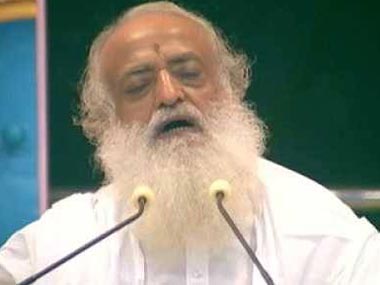Hydrological drought in Maharashtra has decimated all but the most drought resistant plants and …. sugarcane. Low rainfall in the Marathwada region where agriculture is largely rainfed, brings immediate drought conditions.
As Alertnet reports the story of Anil Joshi, who pioneered innovation in green technology for the humble Gharat (water wheel) that transformed energy production. The gharat powers a flour mill by day, and generates electricity by night. These turbines produce a whopping 264 megawatts of electricity per hour in Jammu And Kashmir, Uttaranchal and Himachal Pradesh.
“Development” has led to Maharashtra drought with widespread physical water scarcity. Rampant industries vie with fresh water intensive cash crops that sideline food production in a desperate race into oblivion. 40% of Maharashtra suffers from hydrological drought, and Maharashtra’s Water Policy gives priority to non-agricultural uses of fresh water and sets the stage for rural indebtedness. Additionally, 6% of cultivated area producing sugarcane takes up most of the fresh water in the irrigation systems. Political clout has led to violations in equitable water management result in agricultural irrigation systems falling short of water not receiving hoarded water upstream. The crunch is directly on rural India.
Jalna has farmers cutting down healthy sweet lime trees to conserve water for a smaller number to survive the water scarcity. Buldhana gets water once a month and no more quantity than a bucket and half per person per day. Women are walking for hours in search of water, people are spending hundreds of rupees transporting water, while others are spending thousands on booking private tankers. Aurangabad is supplying water with 1,153 tankers to 931 villages and 506 wadis and 2,475 wells have been acquired to source fresh water.
There are still more thermal power plants and water intensive industries planned in a fossil fuels orgy of “development” in a region where water is scanty, while water conservation remains a distant dream. Coal burning power plants are the in thing and there is little effort to harness alternative energy. According to an excellent report in Down To Earth, 140 thermal power plants with a collective capacity of 55,000 MW have been planned for the region. 27 new plants are proposed along the Wardha river basin according to Yogiraj Doodhpachare, an environment scientist at Janata Mahavidyalaya in Chandrapur. Thermal power plants in Vidarbha have received 2,049 million cubic meter (mcm) from agricultural irrigation systems in the region contributing to physical water scarcity for agriculture.
Sharad Pawar has announced Rs.1000 crore for converting all sugarcane farming to drip irrigation systems, which may not be adequate to make the region water sufficient. In contrast, a method of organic farming using mulch in the irrigation canal, that needs virtually no investment and drastically reduces need for water as well as other inputs is being ignored. Swimming pools in five star resorts, water parks or even distilleries in the state continue to operate.
Itron claims that metering Mumbai’s water supply has helped the Municipal corporation to find and fix leaks – which would sound like a great thing, except Itron Chief Executive Officer Philip Mezey said in an interview “If you’re able to meter the product and charge a fair price for it, a very low price but a fair price, it gives the utility enough return on their investment that they can develop more lines and capacity.” Itron is now installing or has contracts to install such meters in Navi Mumbai, New Delhi and Bangalore. Remember the article on Privatizing water?
Badly maintained sewage channels are choked and overflowing and have led to contaminated drinking water in Ganeshnagar, Mangalnagar, Belthikanagar, Gujarnagar, Jai Bhavaninagar and Duttnagar in Thergaon in Pune. So carelessness and lack of adequate equipment to maintain an is yet another toll on water.In Goa, leakage of pumping mains at the Opa water treatment plant, led to restricted water supply on March 17, to Ponda taluka and part of Tiswadi taluka, including all industrial establishments.
In other news, the Delhi Jal Board forged on relentlessly with its wish to privatize. It seems the guys who laid the pipes cannot control leakage, and it will take new and efficient guys who couldn’t dream of creating a project of such magnitude to fix it. Having launched three projects as Private Public Partnerships in Delhi, there is now a conference on water privatization. In typical sarkari fashion, all criticism is welcome as long as the greed is not prevented.
India is a signatory to the UN Resolution of 2010, which recognizes ‘Right to Water as a Human Right’. India also passed a National Water Policy in 2012 that encourage the role of private companies and minimize the role of government in supplying water. What happens when the poor
“water users” are unable to pay bills on time is left to our imaginations.

